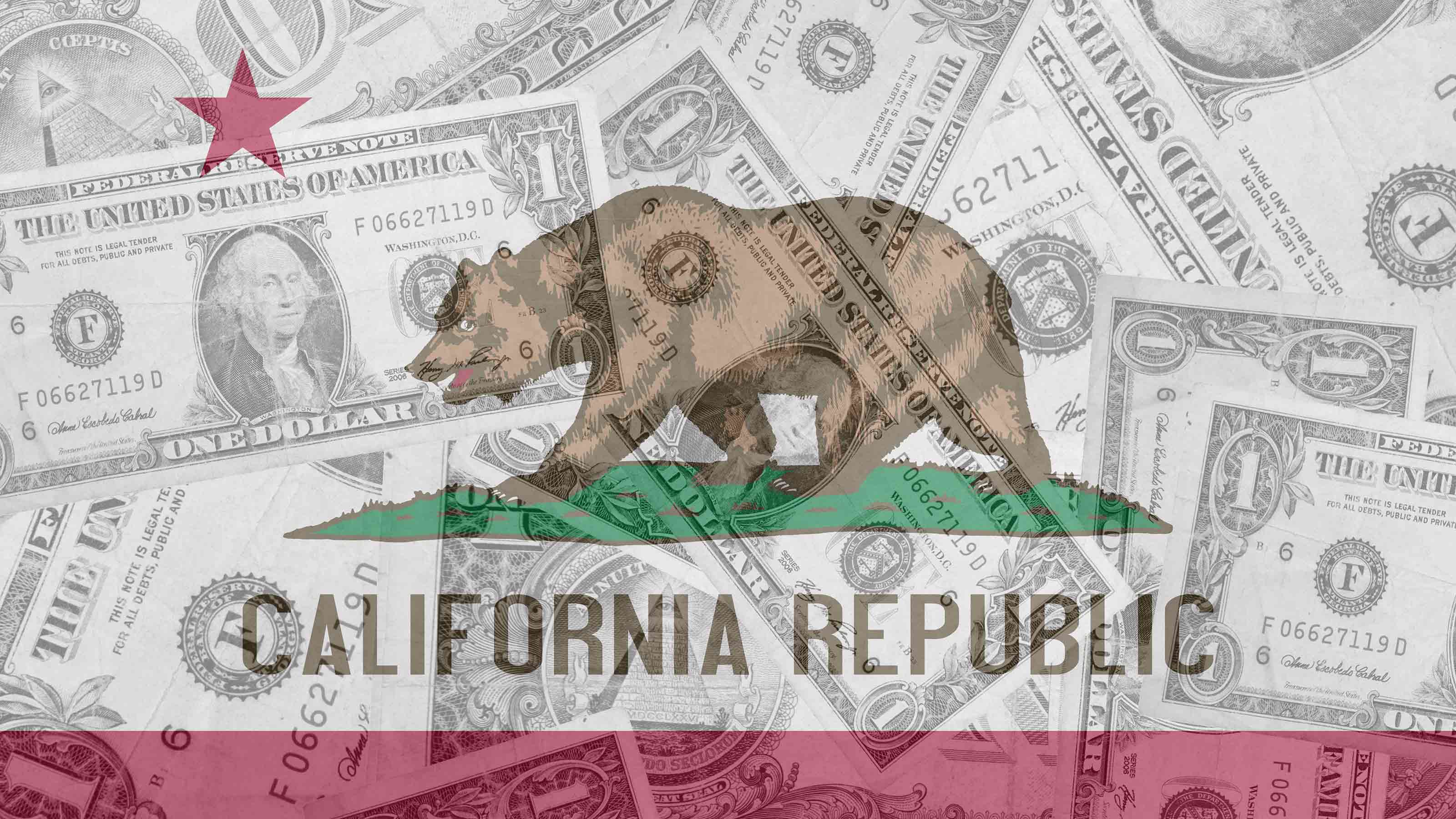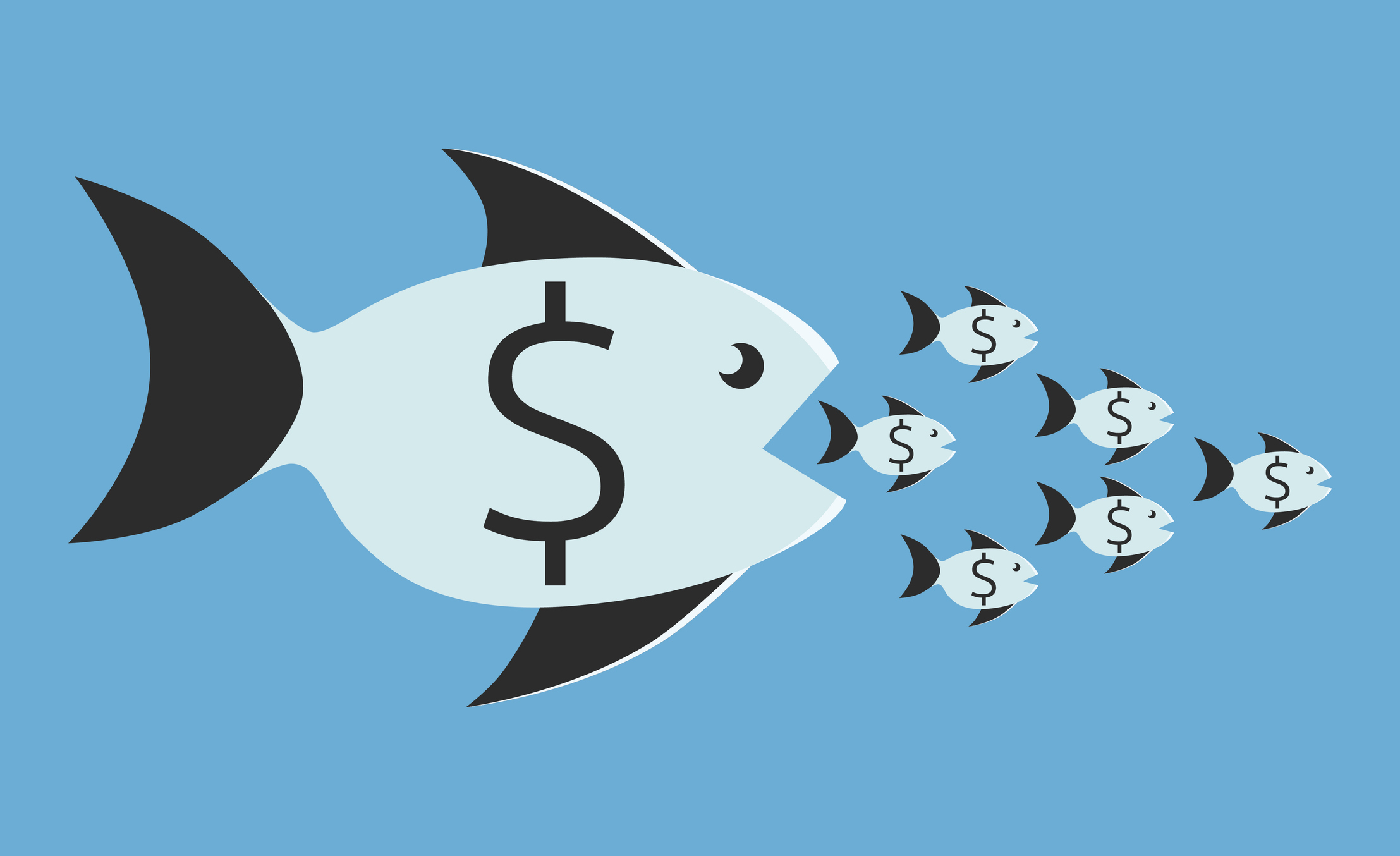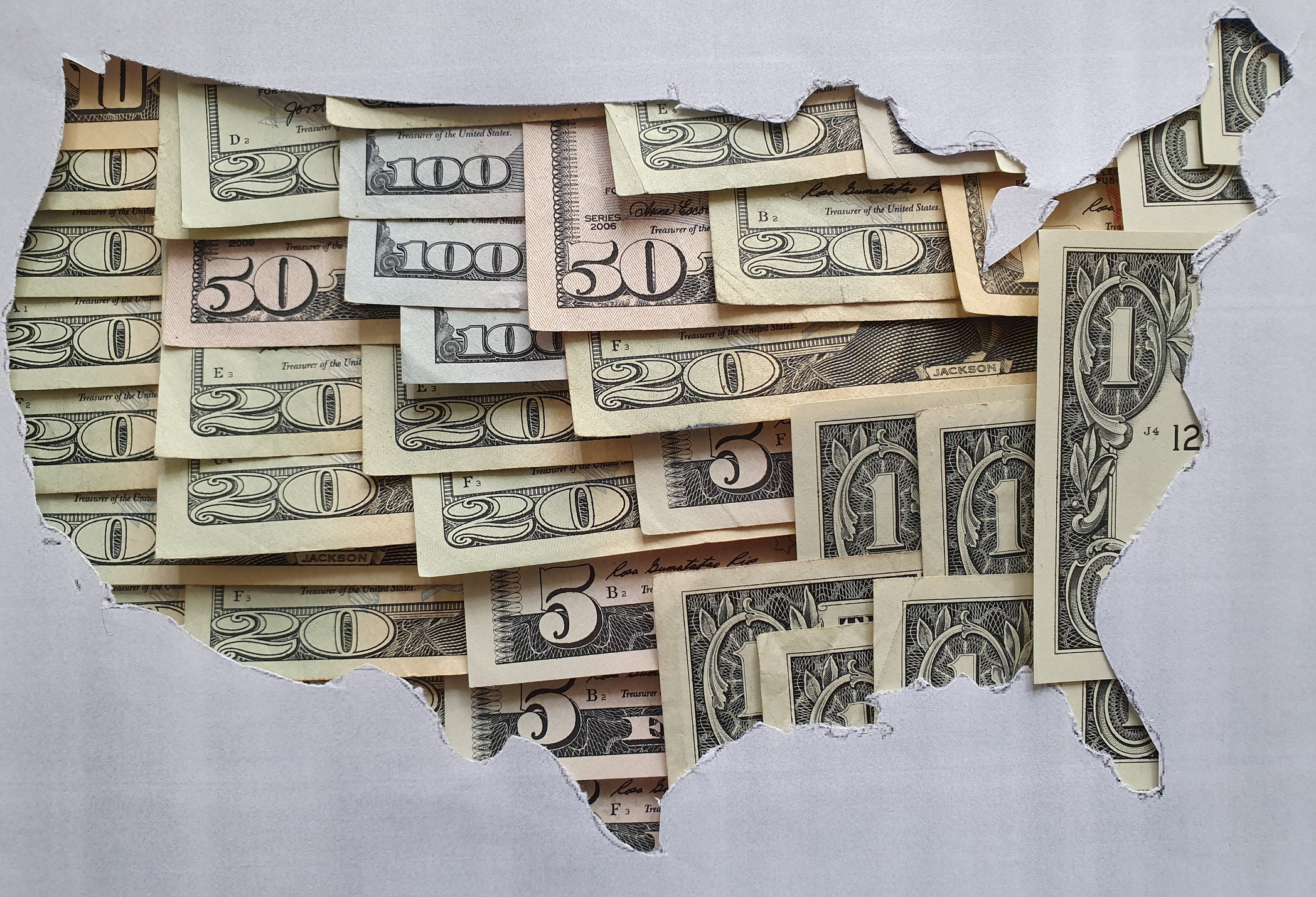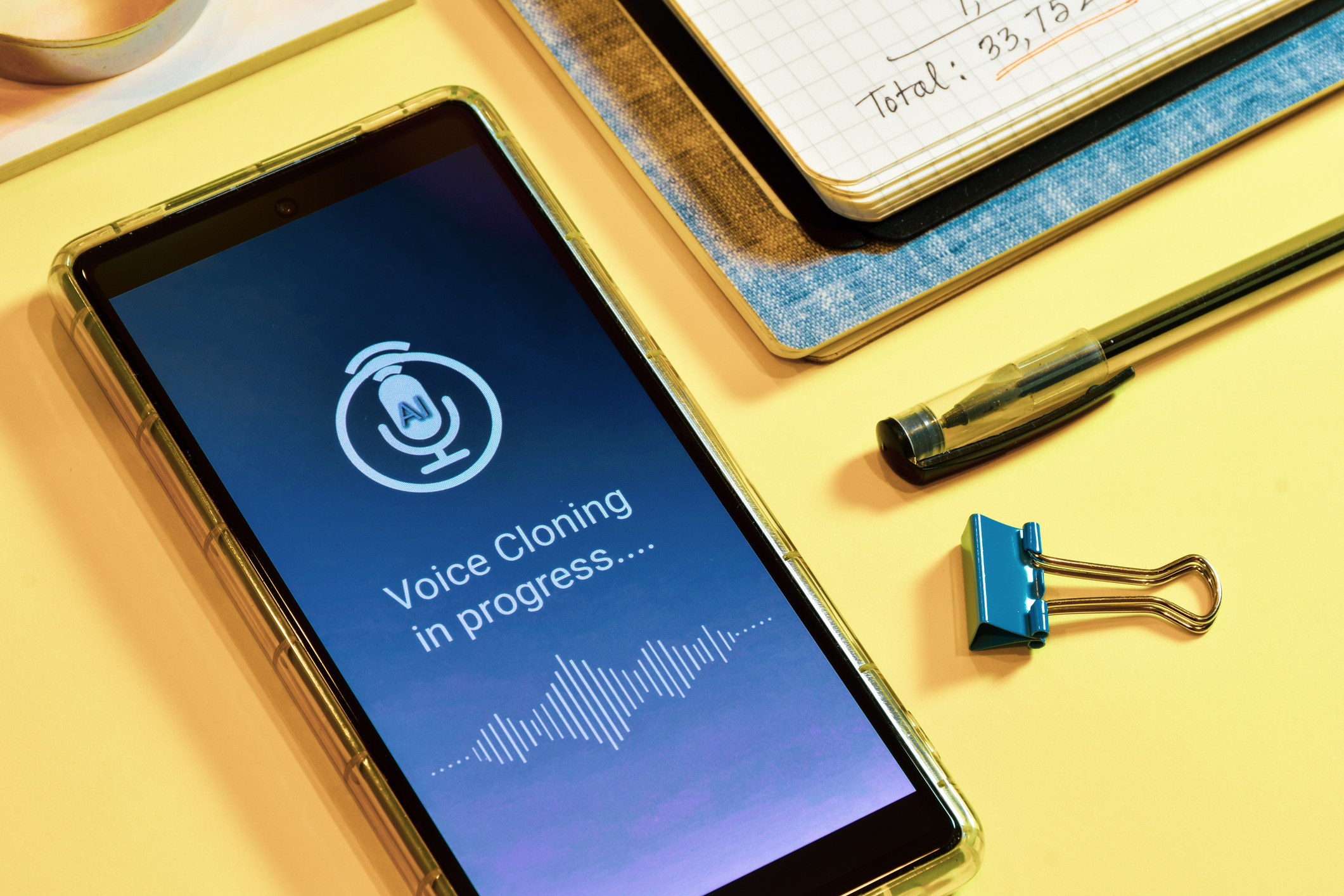Most California Stimulus Check Payments Have Been Sent
The majority of California stimulus payments for the Middle Class Tax Refund program have been sent.


California stimulus payments – formally known as Middle Class Tax Refunds – started in October, but as of now, the state is pretty much done sending the payments to residents.
Payments that were made as direct deposits were issued a while ago because they were sent first. And although Californians who were scheduled to receive debit card payments in the mail had to wait a little longer, the state says that it has issued most of those debit cards. The last batch should arrive in mailboxes by mid-February.
The California payments were part of a trend in 2022 where a number of states sent stimulus checks to eligible residents. Some of those included Illinois, Massachusetts' tax refunds, New York, and Virginia's tax rebates. (This year, a handful of states will continue to send stimulus payments .)

Sign up for Kiplinger’s Free E-Newsletters
Profit and prosper with the best of expert advice on investing, taxes, retirement, personal finance and more - straight to your e-mail.
Profit and prosper with the best of expert advice - straight to your e-mail.
In most cases, the state stimulus payments, which came from pandemic-related state budget surpluses, were designed to help residents deal with high inflation.
Who Will Get a California Stimulus Check?
Millions of Californians have received (or will soon receive) a Middle Class Tax Refund, but not every resident qualified for one. To qualify you had to have:
- Filed a 2020 California income tax return by October 15, 2021; and
- Reported an adjusted gross income on your 2020 California tax return of $250,000 or less if you filed as a single person or married person filing a separate tax return, or $500,000 or less for anyone else.
In addition to those requirements, to be eligible for the Middle Class Tax Refund, you had to be a California resident for at least six months in 2020, and be a California residenton the date your payment is issued. You also couldn't be claimed as a dependent on anyone else's 2020 tax return.
For more information on this, check out the California Franchise Tax Board (FTB) online eligibility tool.
[Get a free issue of The Kiplinger Tax Letter, with timely tax advice and guidance to help protect your hard-earned wealth as the tax laws change. No information is required from you to get your free copy.]
California Stimulus Payment Amounts
California stimulus payment amounts range from $200 to $1,050, depending on your adjusted gross income, filing status, and whether you reported dependents on your 2020 California tax return. The following tables show the payment amounts by category.
The FTB also has an online tool that estimates the California stimulus payment amount.
California AGI Reported on 2020 Tax Return | Payment with Dependent | Payment Without Dependent |
$150,000 or less | $1,050 | $700 |
$150,001 to $250,000 | $750 | $500 |
$250,001 to $500,000 | $600 | $400 |
$500,001 or more | Not Eligible | Not Eligible |
--
California AGI Reported on 2020 Tax Return | Payment with Dependent | Payment Without Dependent |
$150,000 or less | $700 | $350 |
$150,001 to $250,000 | $500 | $250 |
$250,001 to $500,000 | $400 | $200 |
$500,001 or more | Not Eligible | Not Eligible |
--
California AGI Reported on 2020 Tax Return | Payment with Dependent | Payment Without Dependent |
$75,000 or less | $700 | $350 |
$75,001 to $125,000 | $500 | $250 |
$125,001 to $250,000 | $400 | $200 |
$250,001 or more | Not Eligible | Not Eligible |
Direct Deposit and Debit Card California Stimulus Payments
California stimulus payments have been paid via direct deposit or debit card. If you filed your 2020 California tax return electronically, and received a California tax refund by direct deposit, then you generally also should have received your stimulus payment by direct deposit.
Most other people who are eligible for a payment will soon receive (or should have already received) a debit card in the mail for the appropriate amount.
You should have also received a debit card if you received a 2020 California tax refund by direct deposit but changed your bank or your bank account number since then. People who received an advance payment from a tax service provider, or paid a tax preparer's fee with a tax refund, were also issued debit cards via the mail.
When you receive your debit card in the mail, you can activate the card online or by calling 1-800-240-0223.
When Were California Stimulus Payments Sent?
Direct deposit payments to people who previously received GSS direct deposit payments began on October 7, 2022. The FTB sent those payments through October 25.
For people who didn't previously receive a GSS payment by direct deposit, but who otherwise qualifed for direct deposit stimulus payments, payments began on October 28 and ran through November 14.
It took longer to send the debit cards, which were mailed in batches. According to the FTB's schedule, eligible residents who previously received a GSS payment via debit card with a last name beginning with A to E, were issued a California stimulus check debit card between October 24 and November 5, 2022.
If your last name begins with a letter from F to M, your card was issued between November 6 and 19. Previous GSS debit card recipients with last names beginning with N to V, were issued a stimulus debit card between November 20 and December 3. And debit cards were sent to people with last names starting with W to Z, from December 4 to 10.
There was a separate schedule for people who didn't previously receive a GSS debit card but were slated to receive one for their California stimulus payment. If your last name begins with A to K, your stimulus debit card was issued between December 5 and 17. Payments went out from December 19 to December 31 if your last name begins with letters L to Z.
If you were supposed to get a debit card because you changed your bank or your bank account number since the time you filed your 2020 California income tax return, then your California stimulus payment debit card was issued between December 17, 2022 and January 14, 2023.
It can take up to two weeks from the expected issue date before you receive your debit card in the mail. That's why most eligible residents should have received their cards by the end of January, while other debit cards issued in the final batch may arrive around February 14.
Also note that the FTB mailed the debit card to the latest address on file, which is usually the address on your most recent California tax return. So, if you recently moved, let the FTB know where you now live. You can edit your mailing information through the MyFTB portal or contact the agency through its other official channels. But it may take longer to process your stimulus payment if you have had a change of address.
For a broader look at California taxes, see the California State Tax Guide.
Get Kiplinger Today newsletter — free
Profit and prosper with the best of Kiplinger's advice on investing, taxes, retirement, personal finance and much more. Delivered daily. Enter your email in the box and click Sign Me Up.
Rocky Mengle was a Senior Tax Editor for Kiplinger from October 2018 to January 2023 with more than 20 years of experience covering federal and state tax developments. Before coming to Kiplinger, Rocky worked for Wolters Kluwer Tax & Accounting, and Kleinrock Publishing, where he provided breaking news and guidance for CPAs, tax attorneys, and other tax professionals. He has also been quoted as an expert by USA Today, Forbes, U.S. News & World Report, Reuters, Accounting Today, and other media outlets. Rocky holds a law degree from the University of Connecticut and a B.A. in History from Salisbury University.
-
 How Baby Boomers and Gen Xers Are Redefining Retirement Living
How Baby Boomers and Gen Xers Are Redefining Retirement LivingBoth generations need to embrace change and leverage real estate as a dynamic asset in their retirement planning. Here's how financial advisers can help, too.
By David Conti, CPRC Published
-
 How Good Advisers Manage Risk in Challenging Markets
How Good Advisers Manage Risk in Challenging MarketsThey understand the difference between what might be real challenges to an investor's strategy and fear brought on by market volatility.
By Ryan L. Kirk, CFA® Published
-
 Free IRS Tax Filing for 30 Million People: Will It Continue Under Trump?
Free IRS Tax Filing for 30 Million People: Will It Continue Under Trump?Tax Filing Direct File was piloted last year in 12 states and has since expanded to 25. But some wonder whether the program will last under the Trump administration.
By Gabriella Cruz-Martínez Last updated
-
 Did Florida’s Chance at $1,000 in Property Tax Rebates Vanish?
Did Florida’s Chance at $1,000 in Property Tax Rebates Vanish?State Taxes The Florida Legislature bypassed Gov. Ron DeSantis’ wish to cut property taxes and instead voted to lower the state’s sales tax.
By Gabriella Cruz-Martínez Published
-
 How Caregivers for Adults Can Save on Taxes in 2025
How Caregivers for Adults Can Save on Taxes in 2025Tax Breaks Caring for your parent or spouse can be stressful, but the IRS offers tax breaks for qualifying taxpayers. Here they are.
By Kate Schubel Published
-
 New South Carolina Income Tax Cut Might Eat Your Cash
New South Carolina Income Tax Cut Might Eat Your CashState Taxes South Carolina’s flat income tax bill could have the majority of residents paying higher income taxes. Find out how.
By Kate Schubel Published
-
 U.S. Treasury to Eliminate Paper Checks: What It Means for Tax Refunds, Social Security
U.S. Treasury to Eliminate Paper Checks: What It Means for Tax Refunds, Social SecurityTreasury President Trump signed an executive order forcing the federal government to phase out paper check disbursements by the fall.
By Gabriella Cruz-Martínez Published
-
 IRS Layoffs Spark Delays, Doubt This Tax Season
IRS Layoffs Spark Delays, Doubt This Tax SeasonTax Season Tax experts say Trump’s downsizing of the IRS is already causing problems.
By Gabriella Cruz-Martínez Last updated
-
 States with the Highest Income Tax Rates for Retirees
States with the Highest Income Tax Rates for RetireesState Tax You may reconsider living and retiring in one of these states due to high taxes.
By Kate Schubel Last updated
-
 AI Tax Scams Target Middle and Older Adults: What to Know
AI Tax Scams Target Middle and Older Adults: What to KnowScams Whether you’re a retiree or Gen Z, scammers can gouge big financial losses with the help of artificial intelligence.
By Kate Schubel Published